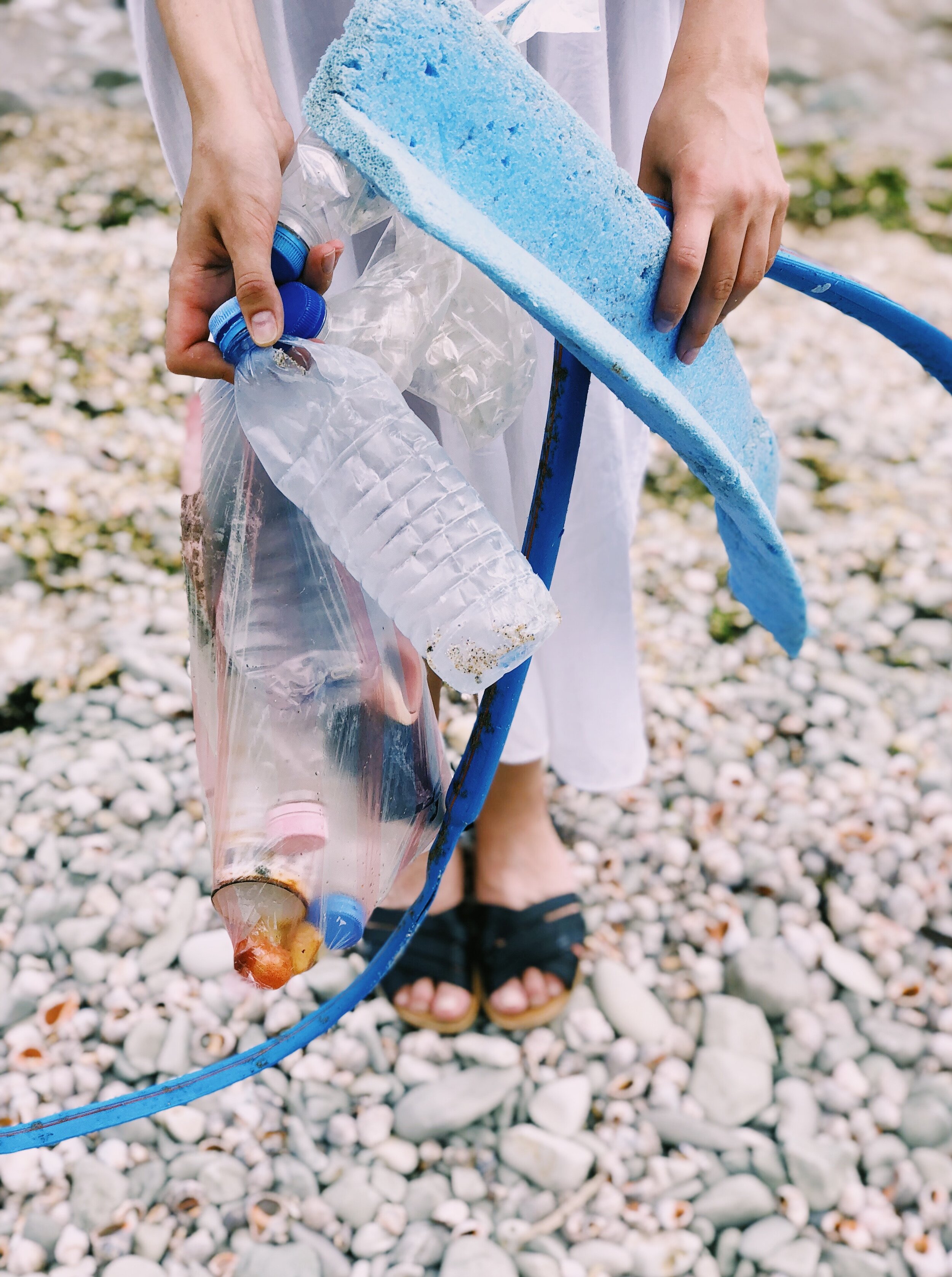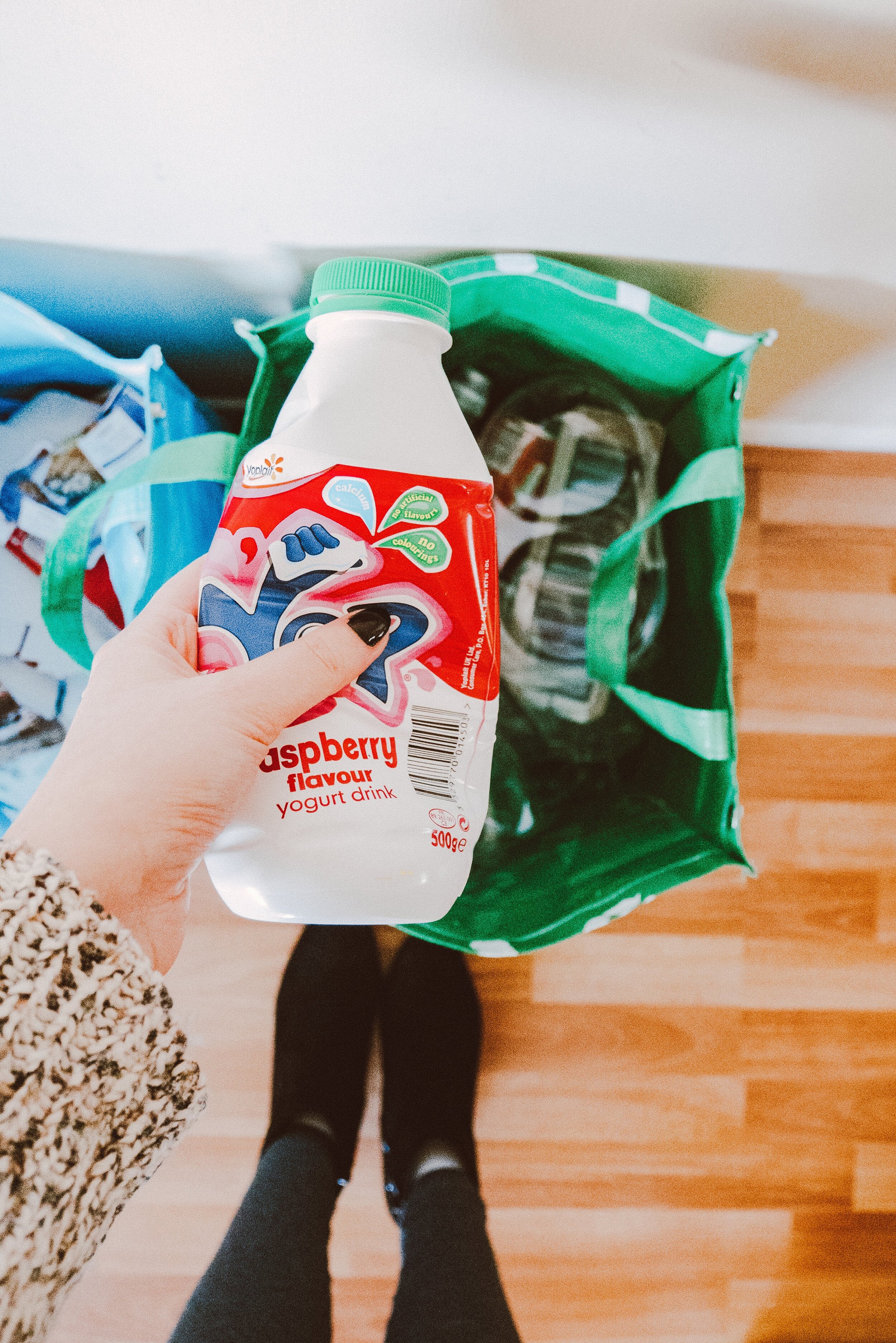Sustainability Tips for the Home - 2023
Sustainability Tips for the Home - 2023
-
Sustainability and reducing waste is becoming top priority for many families and individuals worldwide. Everyone is now more aware than ever before of the negative impact we as humans are having on the planet. From plastics and toxins polluting our oceans and waterways to an increase in global temperatures, the effects are clear and are now beingwell-documentedd by scientists and the media. Some may find themselves wondering how exactly they can make a difference. Generally, the best place to begin is at home.
Below we have listed some of the best advice and tips on how you can become more sustainable at home.
1. Re-use and/or recycle
With plastic becoming increasingly concerning pollutants in our environments, it is crucial that we begin to take responsibility for repurposing or recycling our waste.
2. Grocery shopping
When purchasing foods and products, consider the packaging that coats the products you are buying. Whether its plastic-wrapped carrots or a pre-peeled orange. Loose vegetables and fruit are a much more sustainable option. Taking reusable bags when shopping is another great way to reduce the number of plastic bags that are being used and created. Choose nontoxic or more eco-friendly products when purchasing cleaning and healthcare products. Simple items like deodorants are actually considered air pollutants, and many standard cleaning products are extremely toxic when they enter our waterways.
3. Energy usage
A smart meter will be able to show you how energy is being consumed in your home, and you may find that it surprises you. It’s a great incentive to save money and energy at the same time. Other options include choosing more sustainable and energy-saving appliances when it’s time to upgrade, from microwaves to washing machines. Technology firms are creating more eco-friendly products each year.
4. Clothing
Excessive buying is a habit for a lot of consumers. Try to become more aware of the money you are spending and the volume of clothes you are purchasing. A capsule wardrobe is a great way to help to reduce the number of clothes you buy. It involves investing in timeless and classic items of clothing (over time) from quality brands that will stay stylish and in good condition for longer. When purchasing, opt for more natural materials like linen and cotton which are much better for the environment than plastic fibers.
5. Consider sustainability when decorating or renovating
Whether extending your house or building an entirely new one. Consider the materials you are using, are they the most sustainable option for your budget?
6. Water-saving
Last but not least is the act of saving and conserving water. Over recent years many countries have reached dangerously low water levels and even issued citywide regulations to control residents’ use of water. Freshwater is not as bountiful as some may assume. To save water at home try taking shorter showers, turning off the tap as you brush your teeth and watering the garden conservatively during the summer months when water levels can below.










